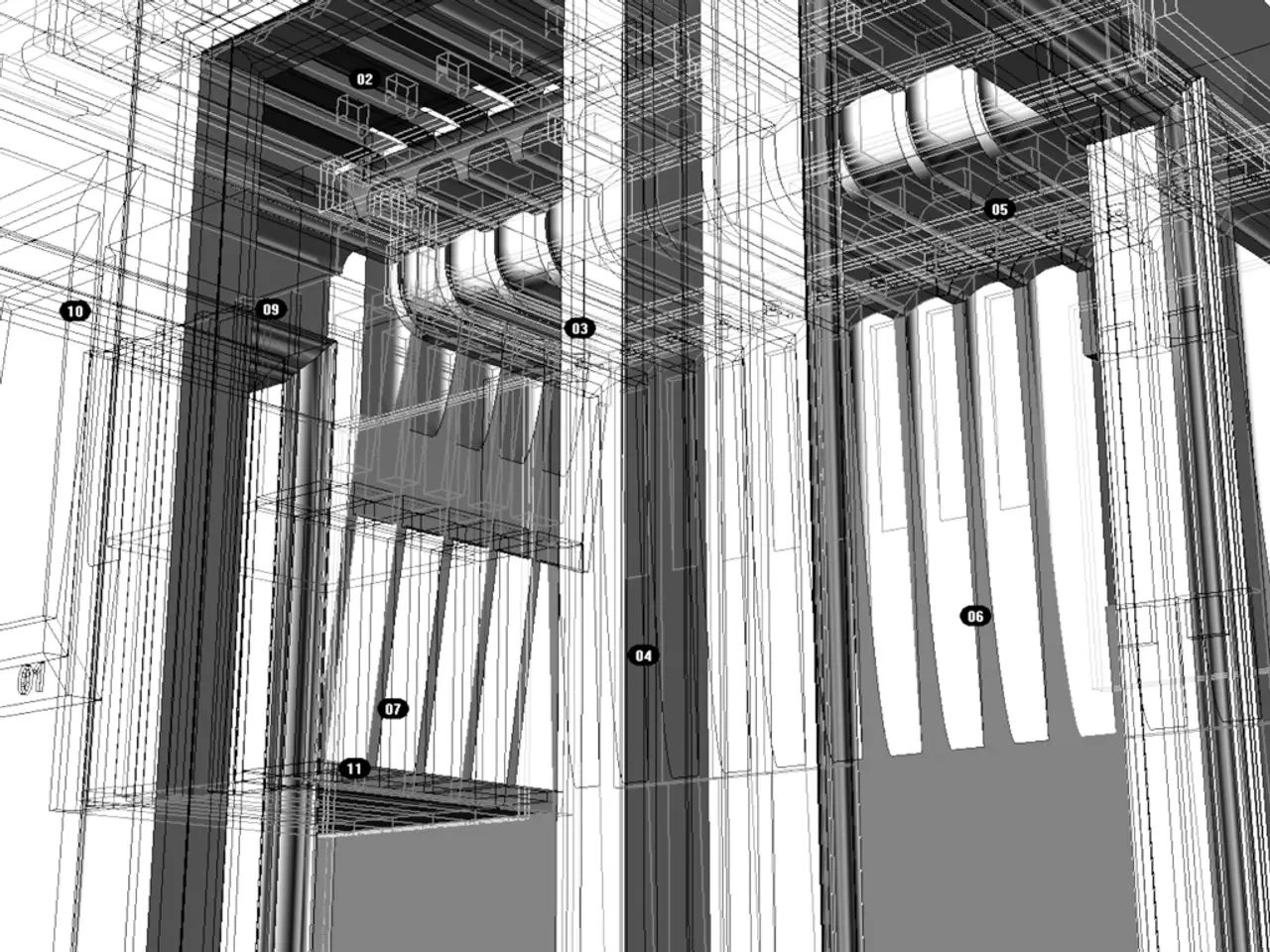Penn State Pioneers 'Hair Salon' Project: Translating Black Hair Practices into Architectural Design
Penn State University's architecture department is pioneering a unique research project, 'Hair Salon Near Me', funded by the Graham Foundation. This project translates Black hair practices into architectural design, creating new territories in the field.
Felecia Davis, associate professor at Penn State, developed the project during discussions with Sheryl Tucker de Vazquez. They explored translating textile ideas, leading to the innovative concept of using hair braiding, locking, and crocheting practices to generate 3D printed architectural structures.
The Graham Foundation, established in 1956 to promote diverse ideas about architecture, supports this project. It aims to preserve African cultural heritage, as very little material culture survived the transatlantic slave trade. Black hair textures and styles serve as enduring signifiers of Black identity, providing rich inspiration for novel building materials and structures.
The Hair Salon Near Me project seeks to spark conversations about Blackness, identity, and architecture. The team, comprising Davis and researchers from four other universities, will document their process. This documentation will be showcased in exhibitions both online and at the Project Row Houses in Houston.
The Hair Salon Near Me project, funded by the Graham Foundation, is a groundbreaking exploration of Black cultural practices in architecture. By translating hair practices into computational design processes, the research team at Penn State and other universities is set to generate novel building materials and structures, fostering dialogue about Black identity and architecture.







